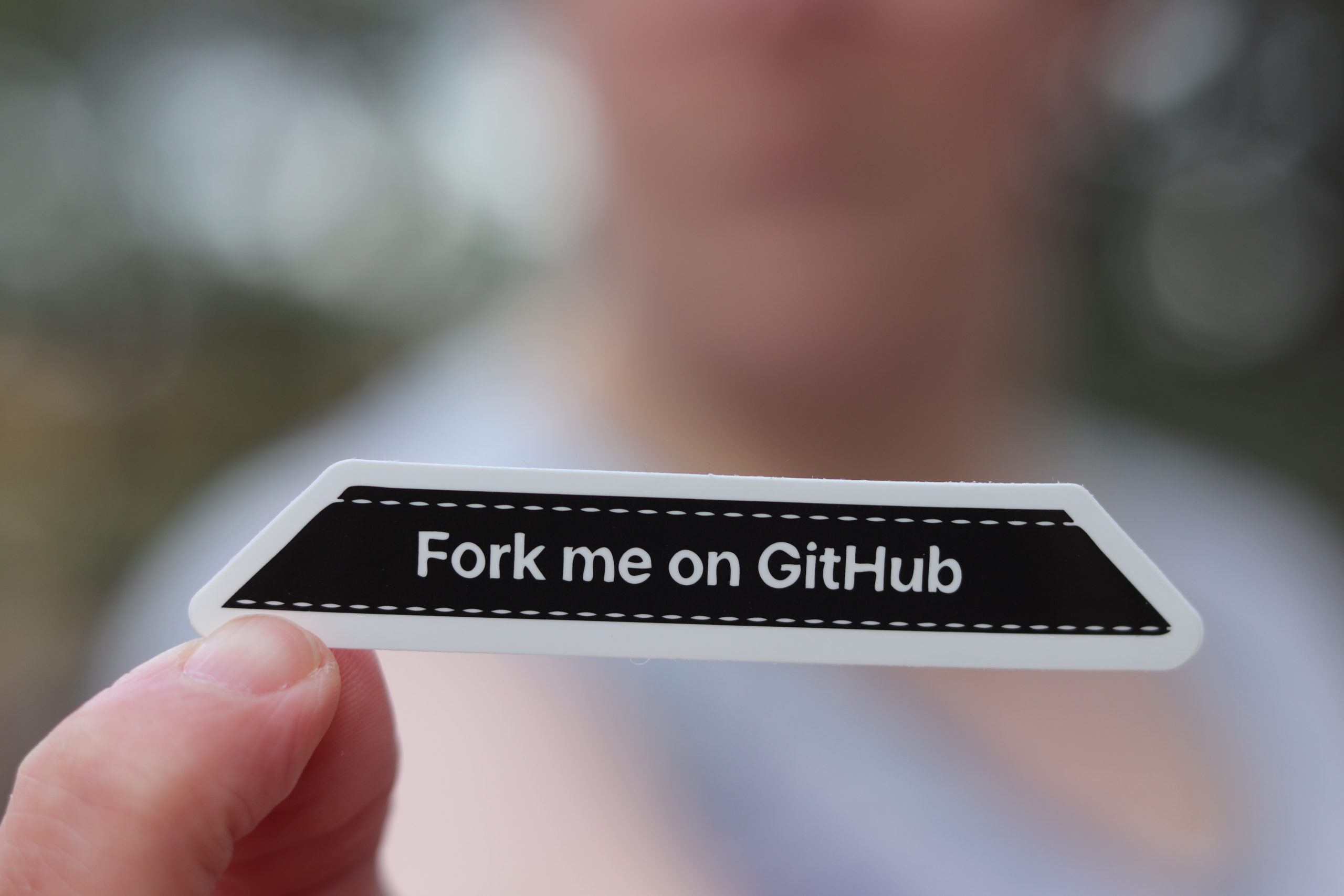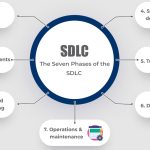Inside GitHub’s Microservices Architecture: A Deep Dive into the Engine that Powers Collaboration and Version Control
GitHub is a popular web-based hosting platform for version control and collaboration. The platform provides a way for developers to store and manage their code and collaborate with others on open-source projects. In this blog, we will take a closer look at the architecture of GitHub and how it works.
GitHub Architecture
GitHub’s architecture is designed around the principles of microservices, which means that the platform is broken down into smaller, independently deployable services. The platform is built using a combination of open-source and proprietary technologies, including Ruby on Rails, Erlang, and Git.
Here is a breakdown of the main components that make up the architecture of GitHub:
- Frontend – The frontend of GitHub is built using a combination of HTML, CSS, and JavaScript. The frontend is responsible for displaying the user interface and handling user interactions.
- Backend – The backend of GitHub is built using Ruby on Rails, which is a popular web application framework. The backend is responsible for handling requests from the frontend, managing user data, and interacting with the Git repository.
- Git Repository – The Git repository is where all of the code is stored. GitHub uses Git as its version control system, which allows developers to make changes to the code and collaborate with others.
- Webhooks – Webhooks are used to trigger events in GitHub, such as when a pull request is made or a comment is added. Webhooks allow developers to integrate other services into the platform, such as continuous integration and deployment tools.
- API – GitHub provides a REST API that developers can use to interact with the platform programmatically. The API allows developers to perform a wide range of tasks, such as creating repositories, managing issues, and retrieving user data.
- Database – GitHub uses a distributed database system that is based on MySQL. The database is used to store user data, repositories, and other platform data.
How GitHub Works
When a user interacts with GitHub, the following process takes place:
- The user sends a request to the GitHub frontend, such as creating a new repository or commenting on a pull request.
- The frontend sends the request to the backend, which handles the request and interacts with the Git repository.
- The backend updates the Git repository and stores the changes in the distributed database.
- Webhooks are triggered based on the changes made in the Git repository, which can trigger other events and integrations.
- The updated data is sent back to the frontend, which updates the user interface to reflect the changes.
GitHub’s microservices architecture allows the platform to scale quickly and efficiently, as each service can be scaled independently based on the demands of the system. The platform also uses containerization and container orchestration tools like Docker and Kubernetes to manage and deploy services across multiple servers.
Conclusion
GitHub’s architecture is a complex system of services working together to provide a seamless and efficient platform for version control and collaboration. The platform uses a combination of frontend and backend technologies, along with a distributed database and Git version control system. By leveraging the power of microservices architecture and containerization, GitHub has built a highly efficient and effective system that can handle millions of users and billions of requests each day.
Checkout my Interviews at “Professionals Unplugged”
Still Curious? Visit my website to know more!
Add Comment
You must be logged in to post a comment.








